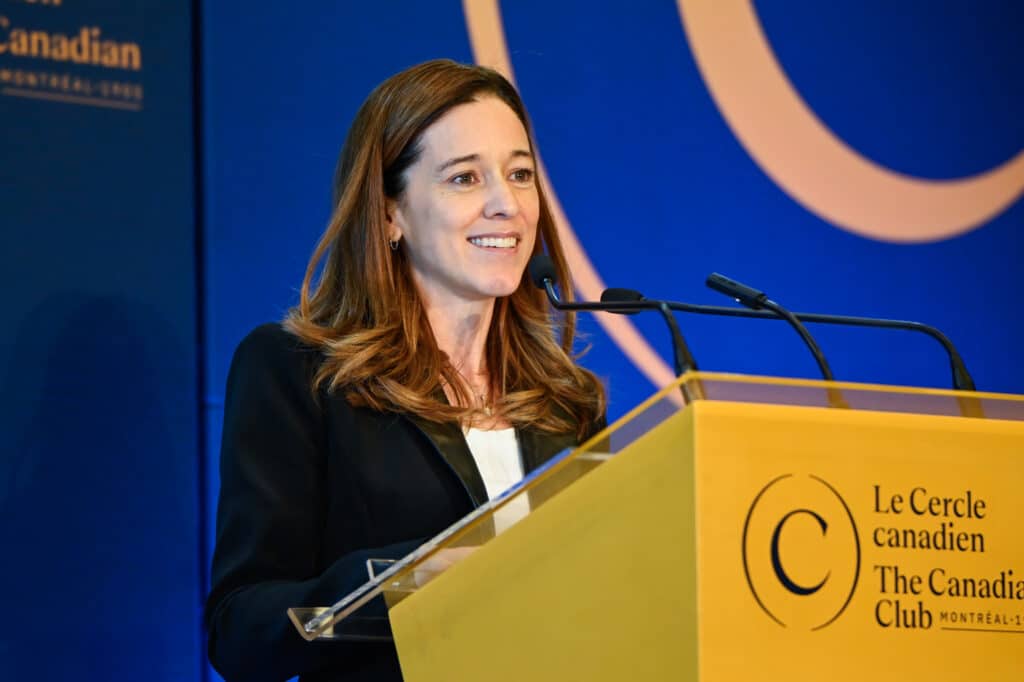As soon as we discuss property, with anyone from a real-estate professional to your brother-in-law, the conversation inevitably ends with a question: “Did you consider the welcome tax?” A welcome tax…amusing welcome, no?
What is this welcome tax?
Always one to give a little historical context, it’s good to remember that this famous form of taxation was really created as a ‘transfer tax’. It was established in 1976 after the provincial government had stopped paying municipalities a portion of the revenues obtained through the collection of provincial sales taxes. Therefore the main objective of this new tax was becoming a source of additional income for municipalities.
So why do we refer to it as the welcome tax? For a very simple reason in fact; in honor of the man who sponsored its creation, Minister Jean Bienvenue (bienvenue means ‘welcome’ in English), who at the time was in PM Robert Bourassa’s cabinet. Therefore this new tax was aptly called the ‘welcome tax’
Clearly has nothing to do with welcoming us anywhere eh! 😉
When do we need to pay a Transfer Tax?
The transfer tax applies to all situations where a transfer of property ownership has taken place. Quebec municipalities are required to collect these fees for each property transfer. The transfer tax must be paid by the buyer of the new property, even if the buyer already owns a home or building in that municipality. Some exceptions may apply, including in situations where the transfer is between spouses or immediate family members. If necessary, your notary will tell you if your situation allows such an exemption.
How to calculate the Welcome Tax?
The amount of tax is calculated based on the highest value between the purchase price and the municipal property evaluation. Based on this amount, a few more calculations must be done to obtain the exact amount payable.
The tax rate varies according to the basis of imposition, which is the established value for the property based on the criteria mentioned above. A percentage applies for every class of property value. You must then add up the amount for each class of value. Since 2010, this calculation differs slightly between Montreal and other municipalities in Quebec. Here is how to calculate in Montreal.
Calculate:
0,5 % of the amount valued between $0 and $50,000
+
1 % of the amount valued between $50,000 and $250,000
+
1,5 % of the amount valued between $250,000 and $500,000
+
2 % of the amount exceeding a value of $500,000*
*The percentage applied to properties valued over $500,000 exists only in Montreal and not in other cities in Quebec.
Here are a few examples of the transfer tax for certain property values in Montreal:
$200,000 property = Tax of $1,750
$350,000 property = Tax of $3,750
$500,000 property = Tax of $6,000
$1,000,000 property = Tax of $16,000
When do we pay it?
Your assessment notice is usually sent directly to you 3 to 6 months after the signature of the deed of sale. You then have a maximum of 30 days to pay the balance.
If you are interested in learning more on the subject, a notary can certainly enlighten you.
Also don’t hesitate to consult the ‘Buyer FAQ’s’ section of our website. You’ll find other interesting posts, such as ‘What is a declaration of co-ownership’, ‘What you should know about the role of the notary in buying a new condo’, and ‘5 Frequently Asked Questions About Co-ownership‘.



